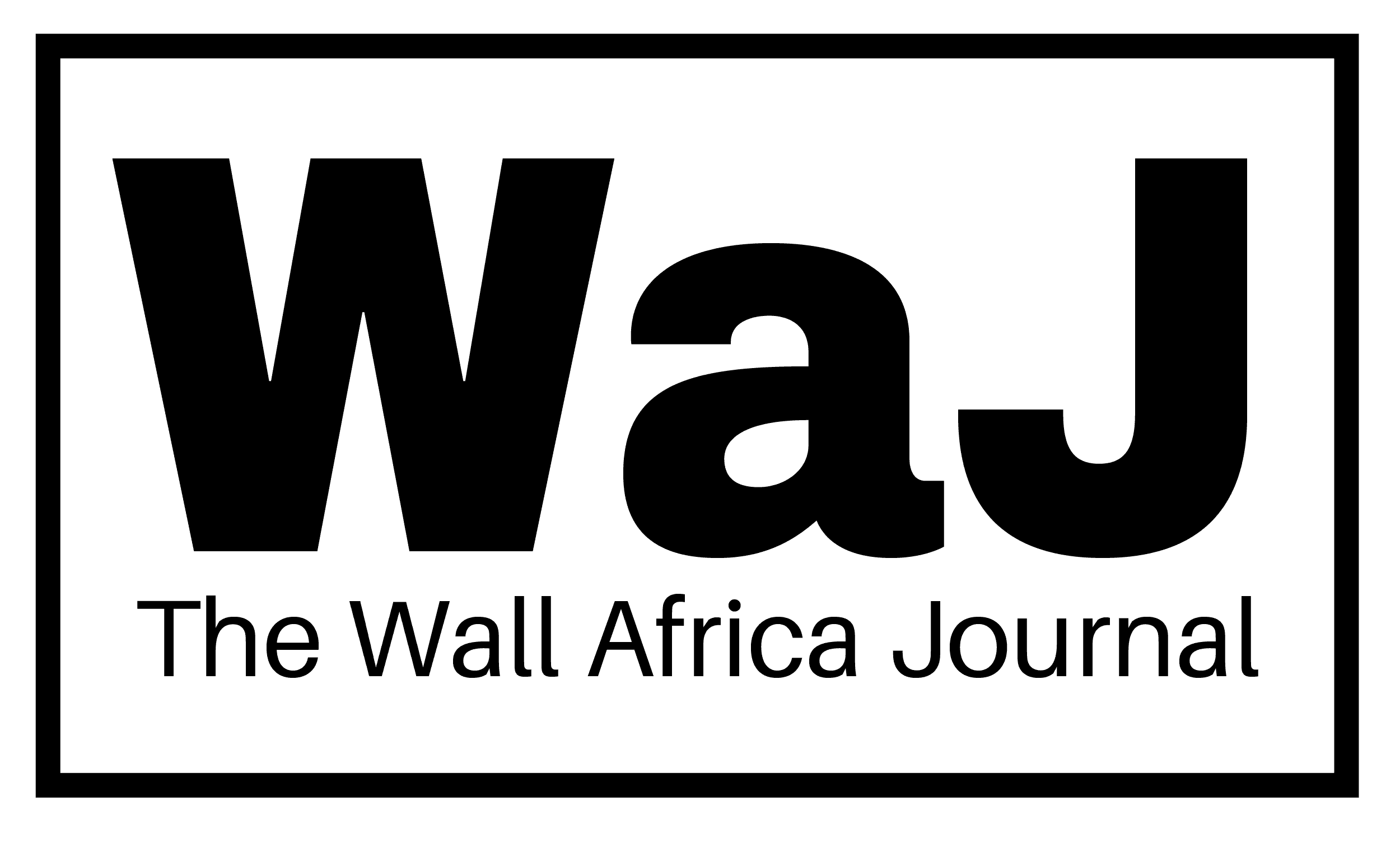Authorities in South Africa have recovered 36 bodies from an abandoned gold mine over the past two days, police reported on Tuesday. Efforts to remove illegal miners from the site, ongoing for months, have been met with tragedy and uncertainty, with fears that dozens remain trapped underground.
Since Monday, 82 miners have emerged alive but were immediately arrested, according to police Brigadier Athlenda Mathe. Those detained face charges of illegal mining, trespassing, and violating immigration laws.
The disused mine shaft, part of South Africa’s once-thriving gold mining industry, has become a site of desperation for many, particularly migrants from neighboring countries. Despite its lack of commercial viability, individuals risk their lives searching for gold remnants to escape poverty.
Survivors emerging from the shaft near Stilfontein, 140 kilometers southwest of Johannesburg, appeared frail and dehydrated. Police used metal detectors to ensure no gold was brought to the surface.
Since operations began in August, 1,576 people have voluntarily exited the mine, with the majority being foreign nationals. Police had restricted food and water supplies to the site to pressure illegal miners to leave, but hundreds are believed to remain underground.
Community leader Johannes Qankase described the survivors as “very sick” and “nearly dying.” Levies Pilusa, a spokesperson for residents of the nearby Khuma township, said they received a note from underground claiming over 109 bodies were still in the mine.
A court ruling in November ordered police to lift restrictions on food and water supplies to those underground. This decision allowed the community to assist miners while rescue operations continued.
A professional rescue team has deployed a specialized machine, the Rescue Winder, to access the miners through a rugged opening in the ground.
Visiting the site, Minerals Minister Gwede Mantashe criticized those profiting from illegal mining. “These foot soldiers are taking this gold to somebody. That somebody must take responsibility for the risks involved,” he stated.
South Africa, home to some of the world’s deepest gold mines, has long grappled with the challenges of illegal mining. Mid-November reports suggested up to 4,000 people might be underground, though officials estimate the number to be in the hundreds.
Miners who have exited the shaft described extreme hunger and dehydration. The dire conditions underscore the dangers faced by those driven to seek gold illegally.
Residents of Khuma took legal action to compel authorities to rescue the miners. Community member Zinzi Tom expressed somber relief, saying, “At least those who lost family members can now bury them.”
Known locally as “zama zamas,” meaning “those who try” in Zulu, illegal miners are often at odds with mining companies and face accusations of criminal activity.
The ongoing crisis highlights the intersection of economic desperation, criminal networks, and policy challenges in South Africa’s mining sector. The government continues to grapple with solutions to ensure safety and accountability in the face of such tragedies.


